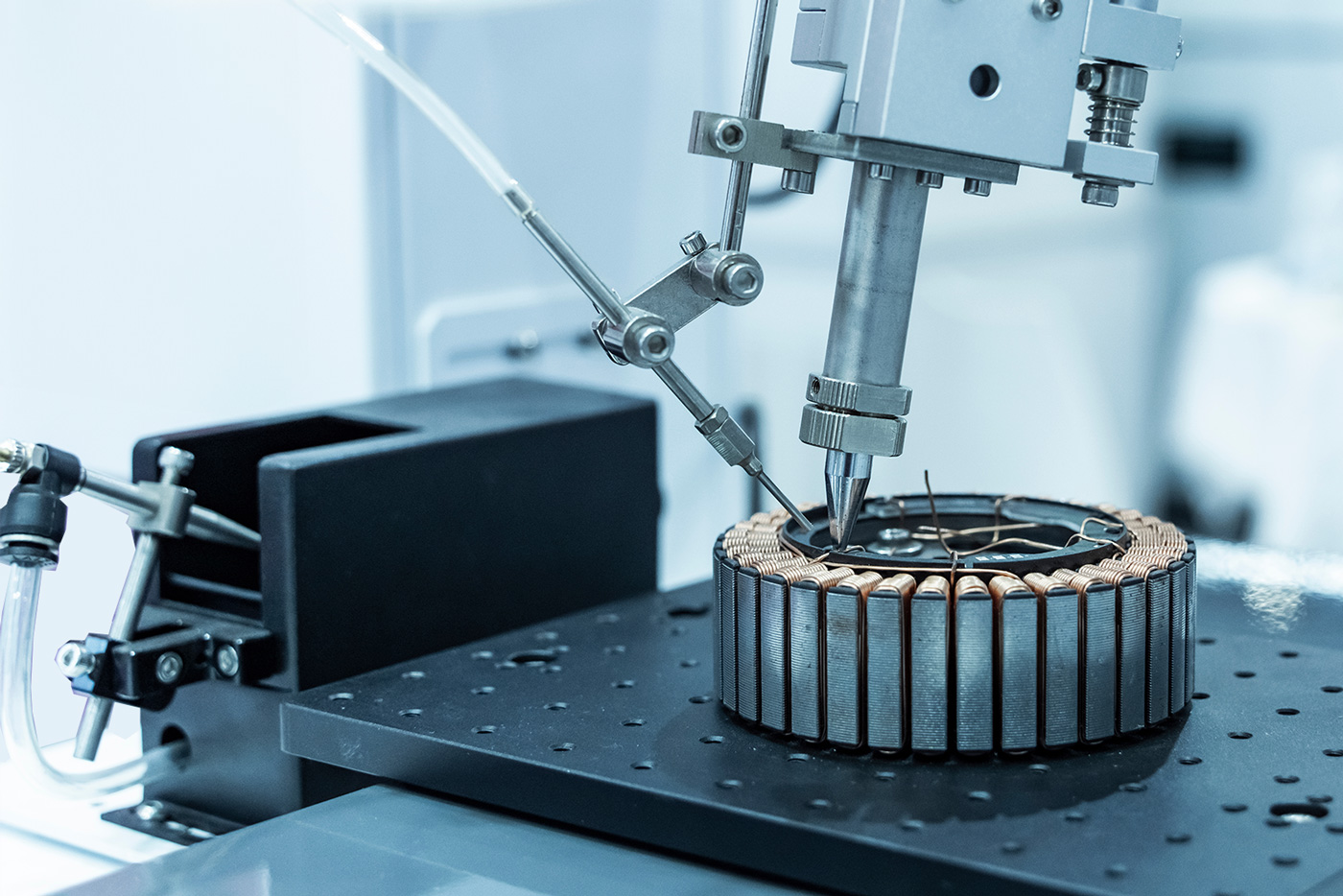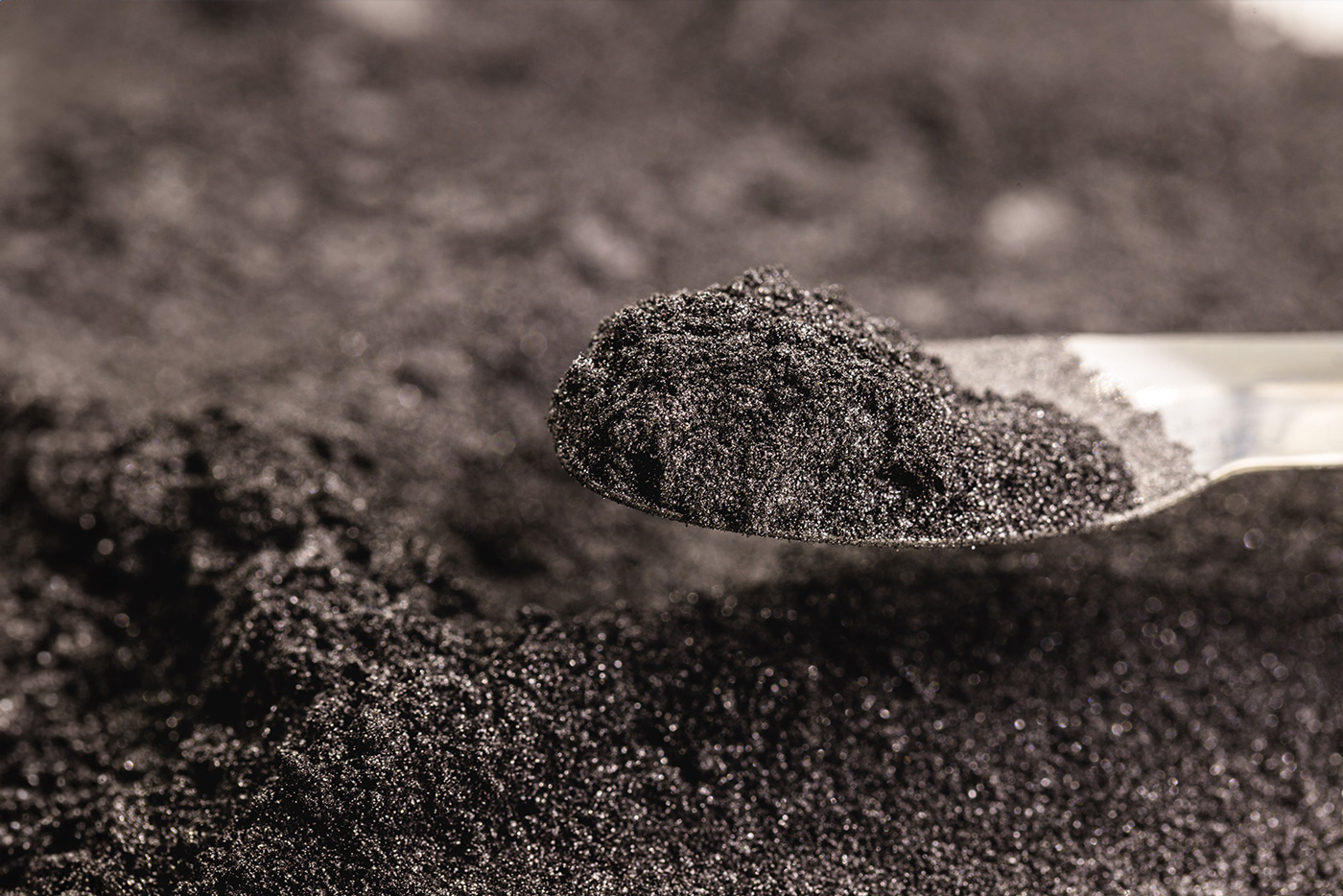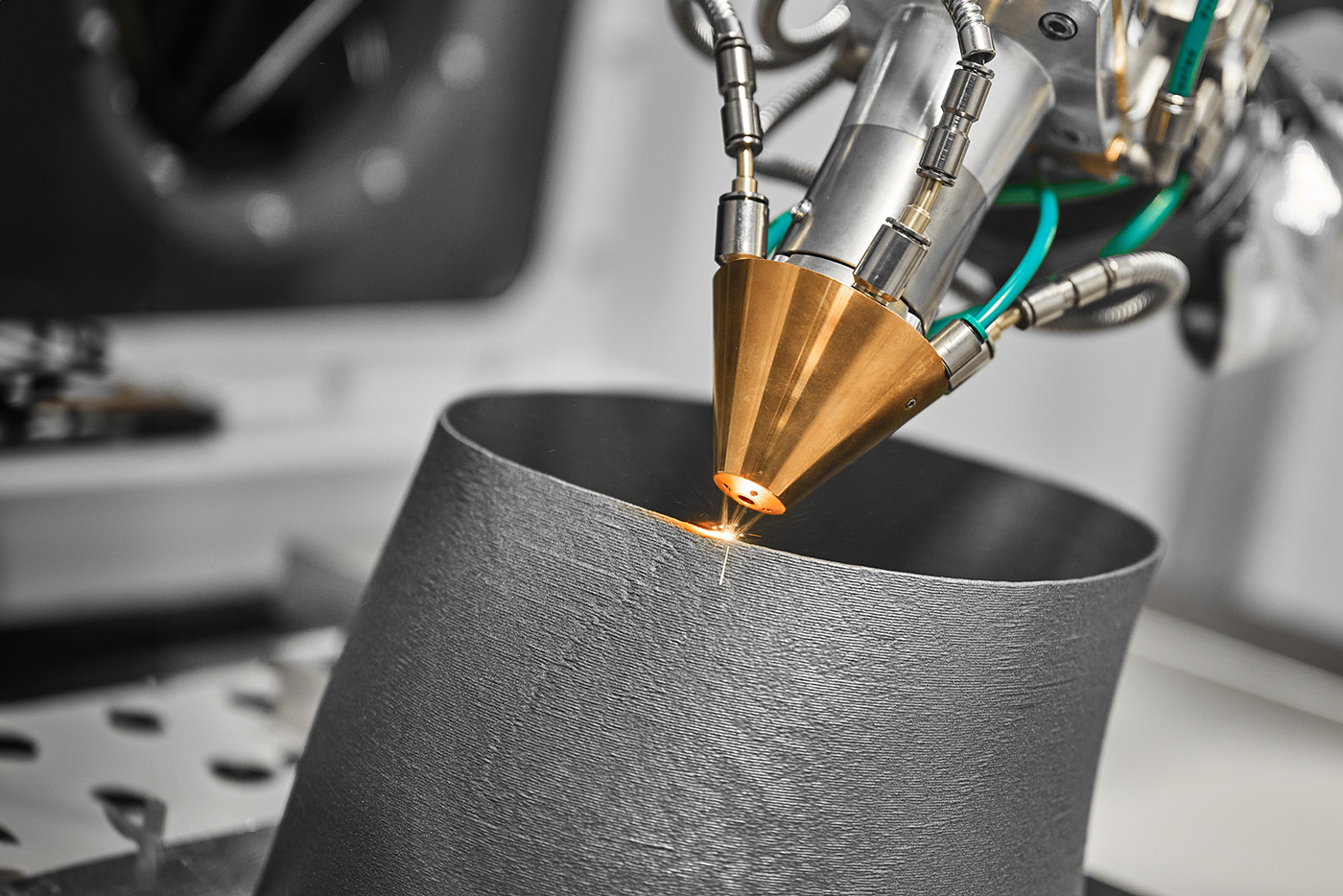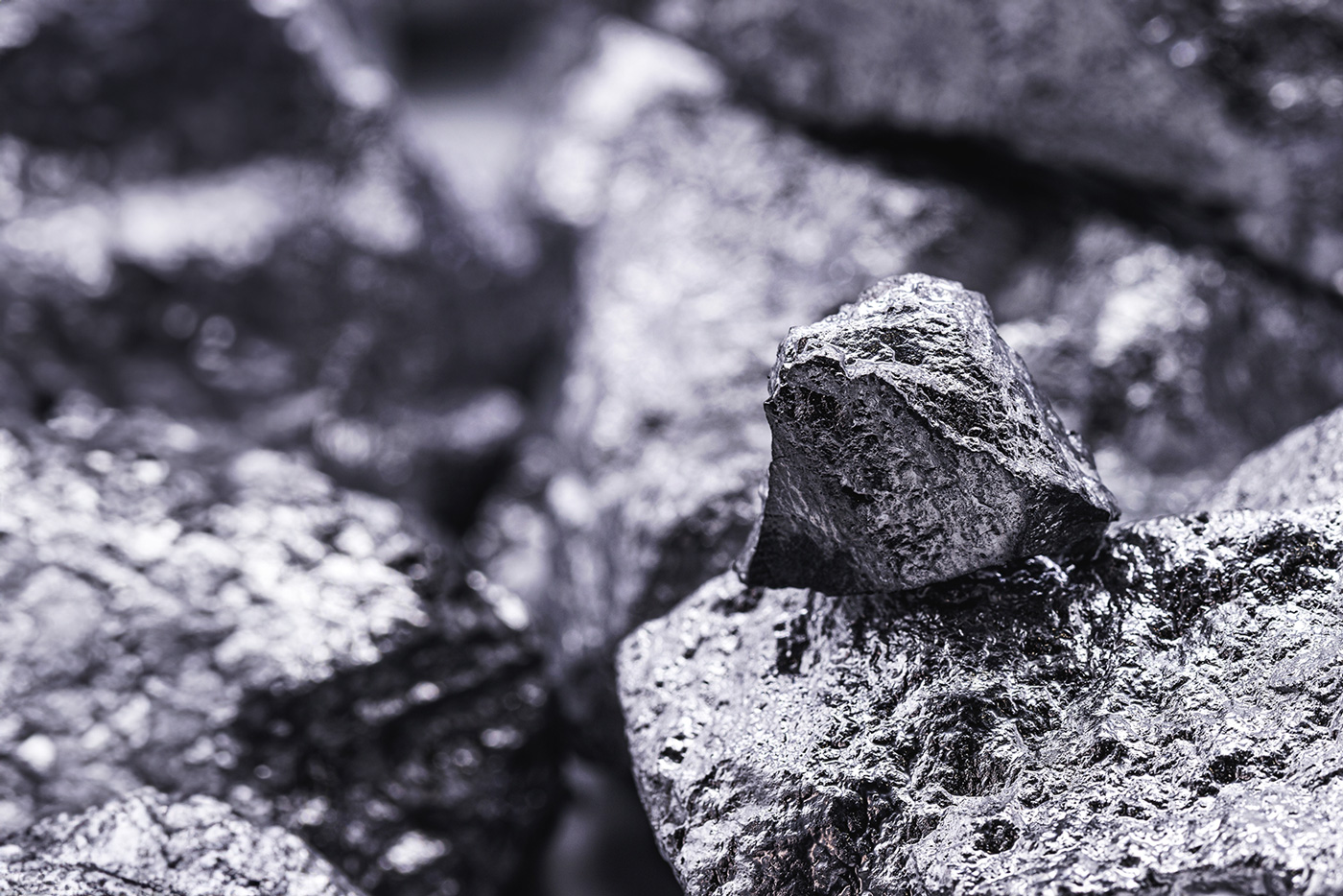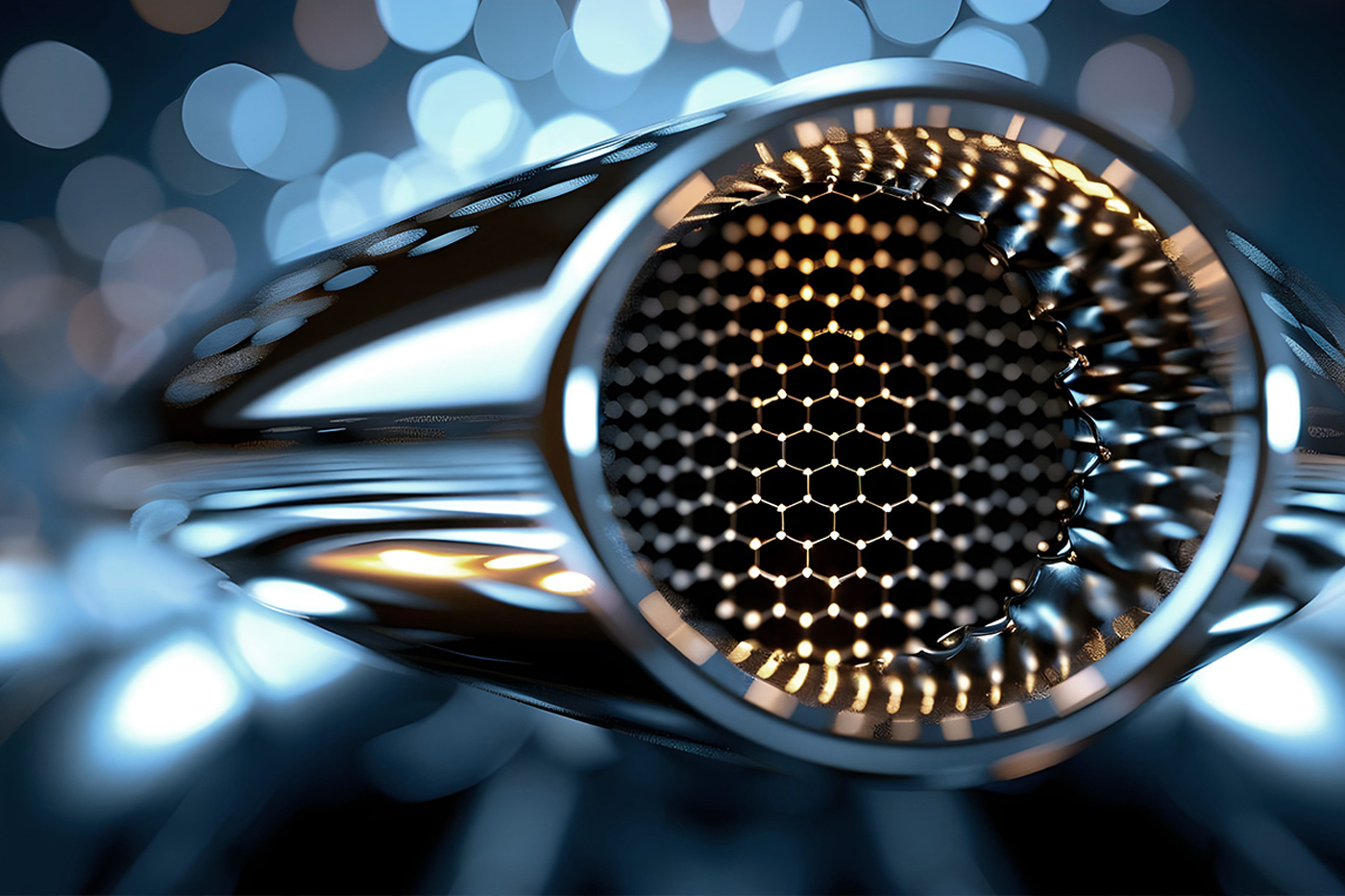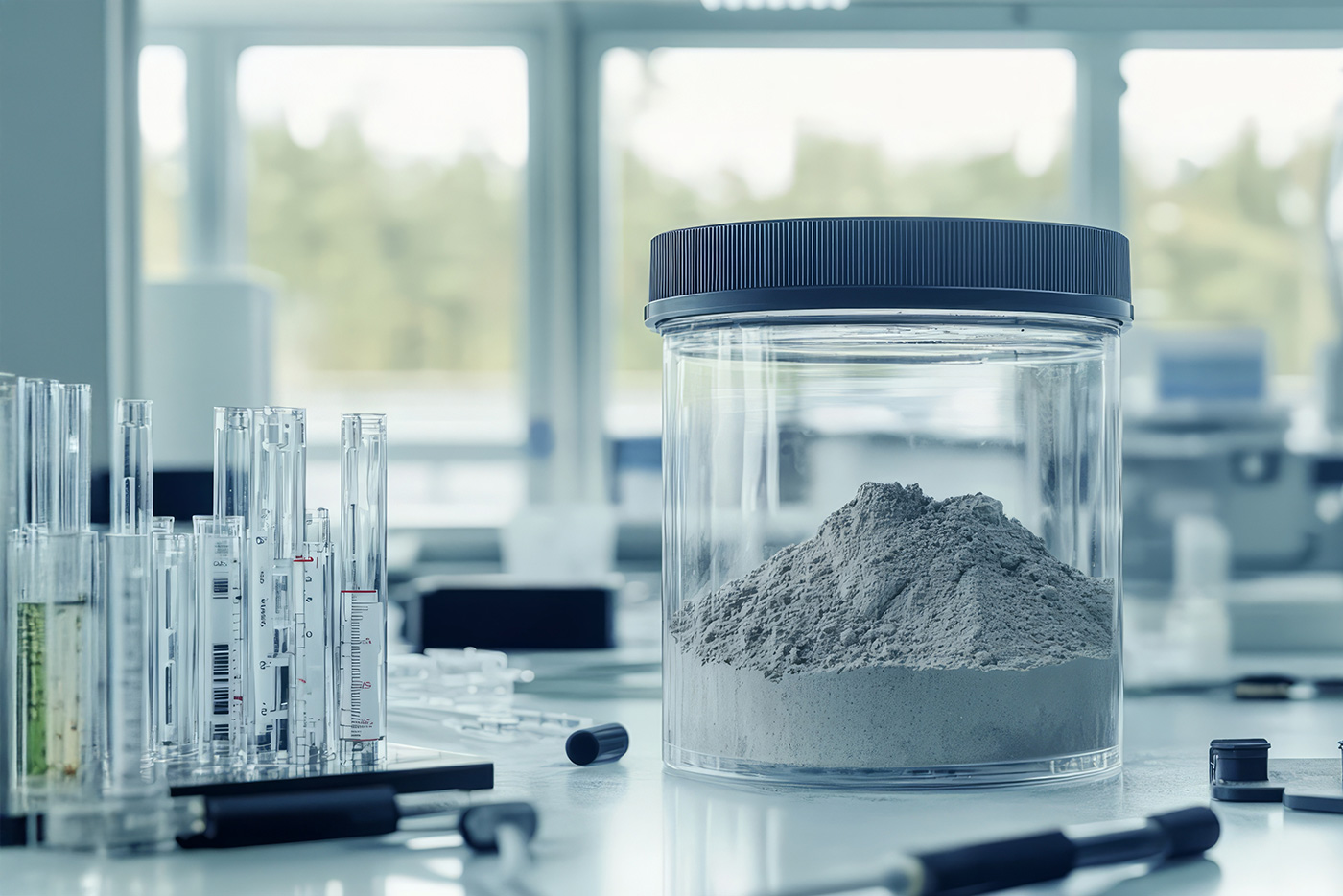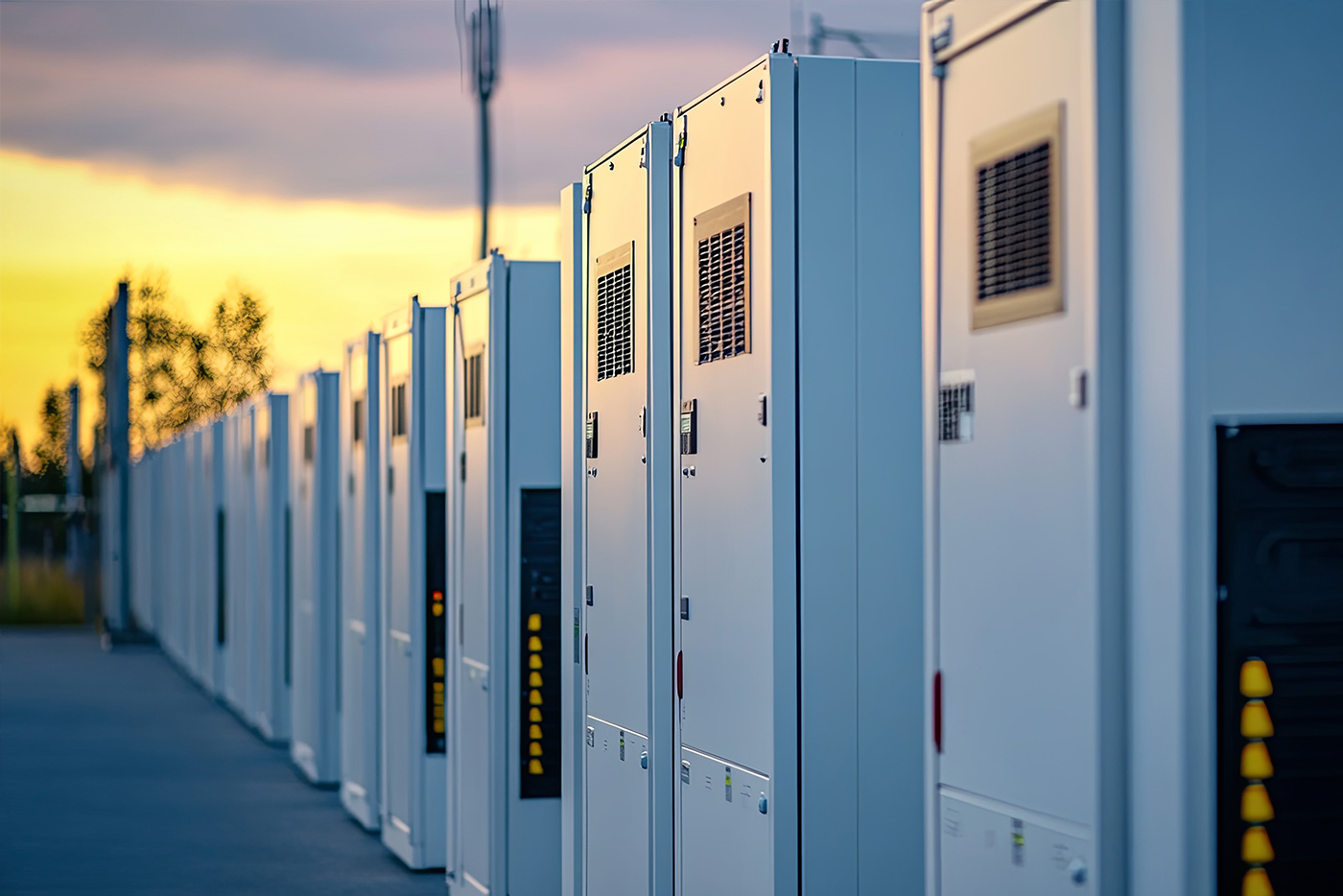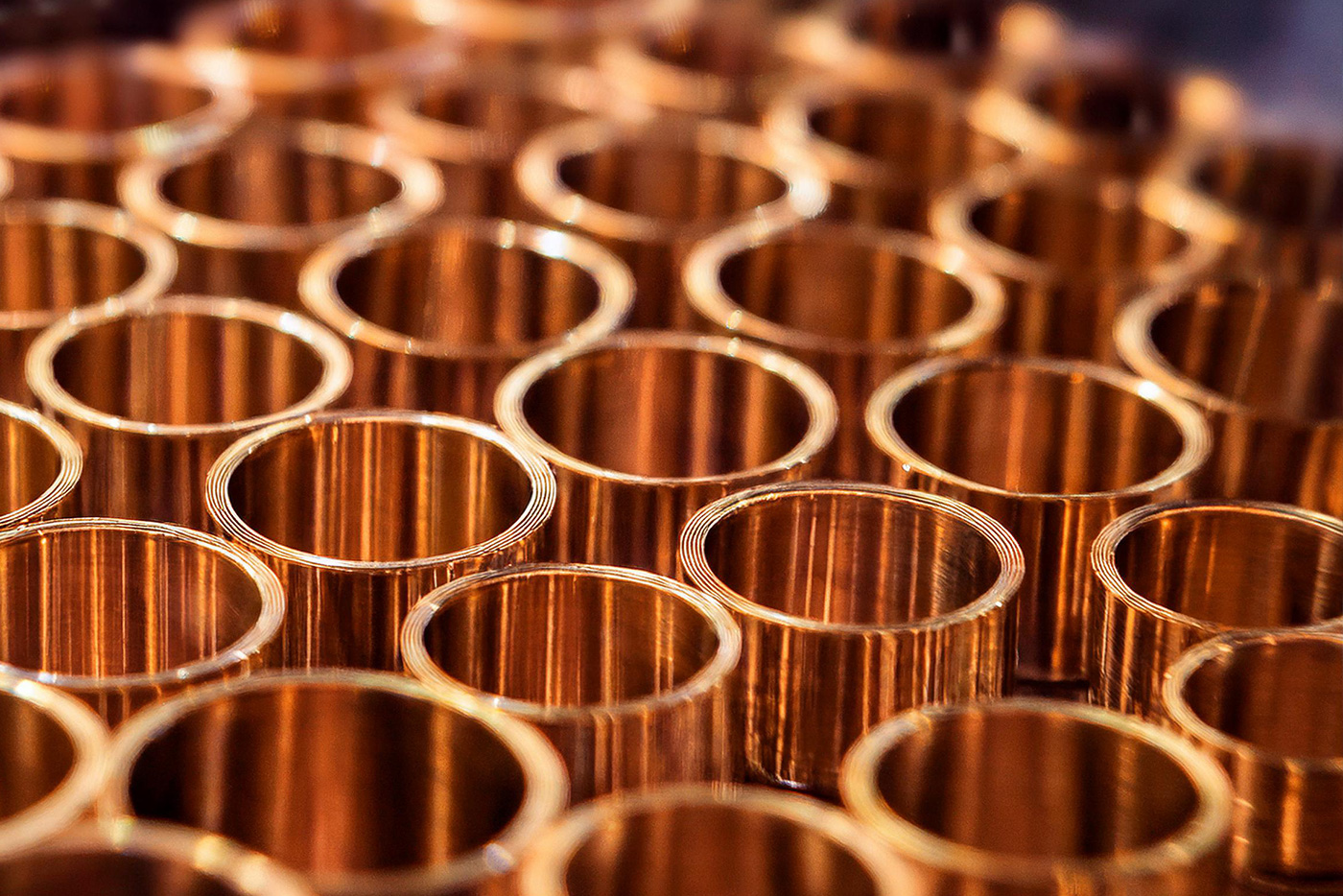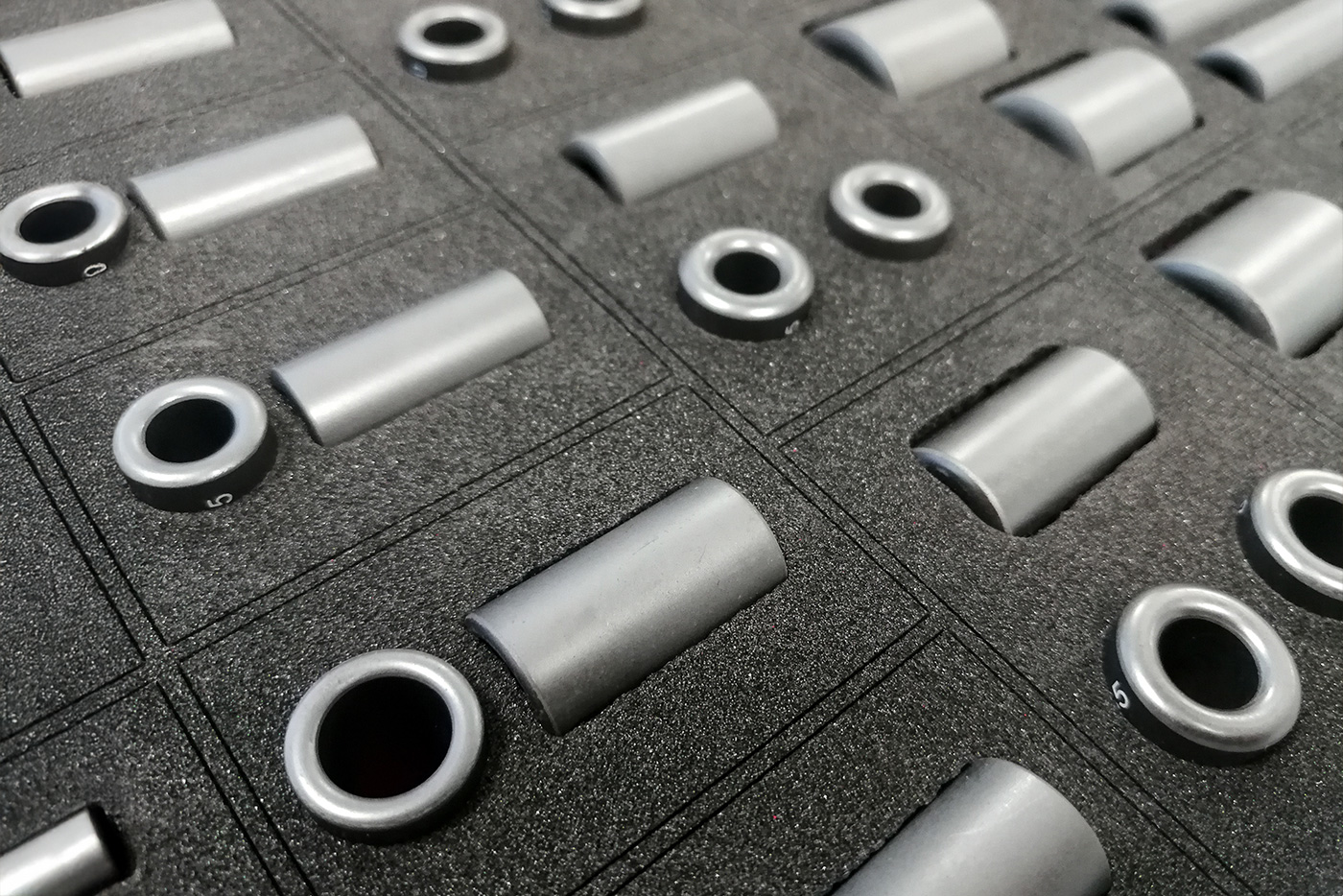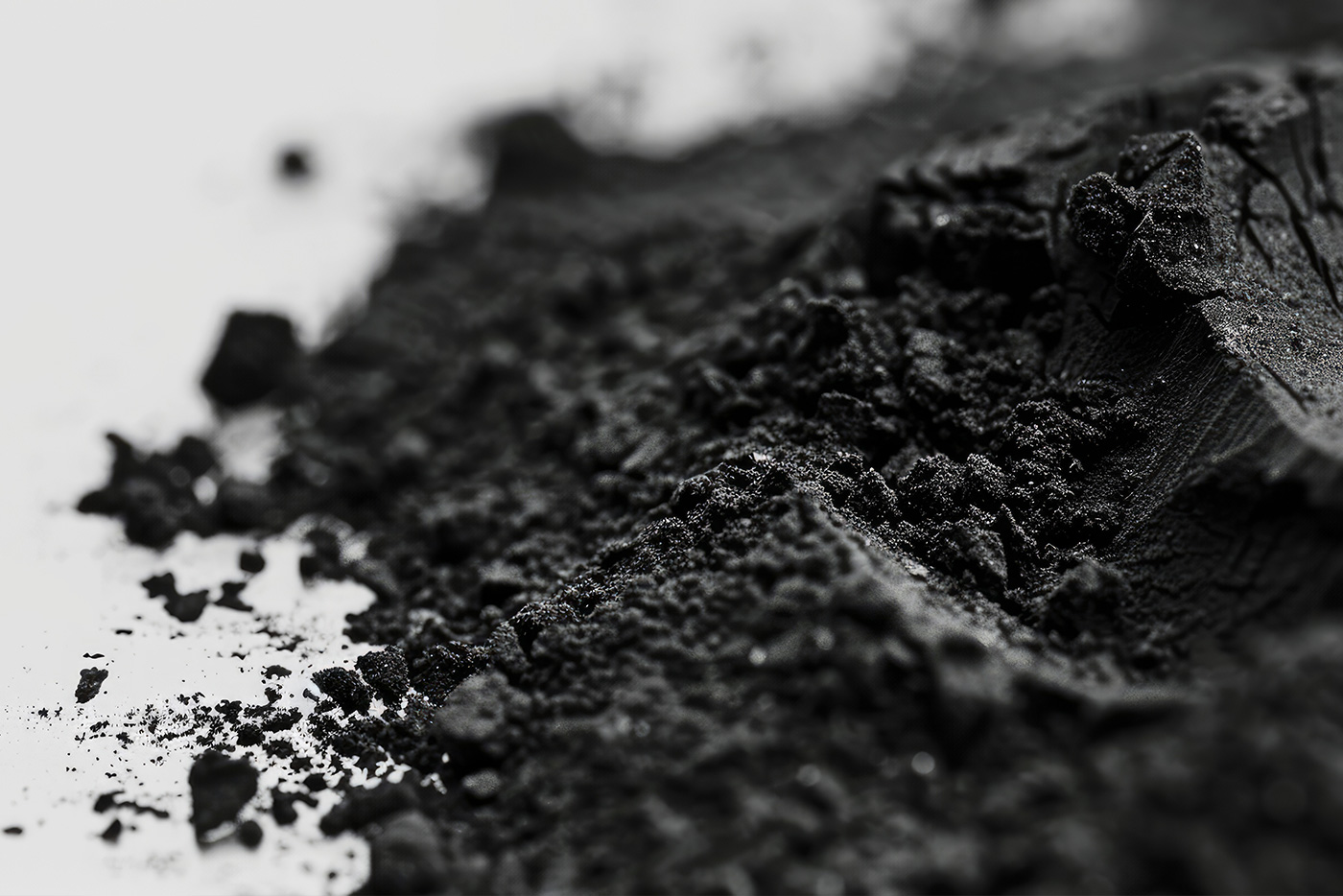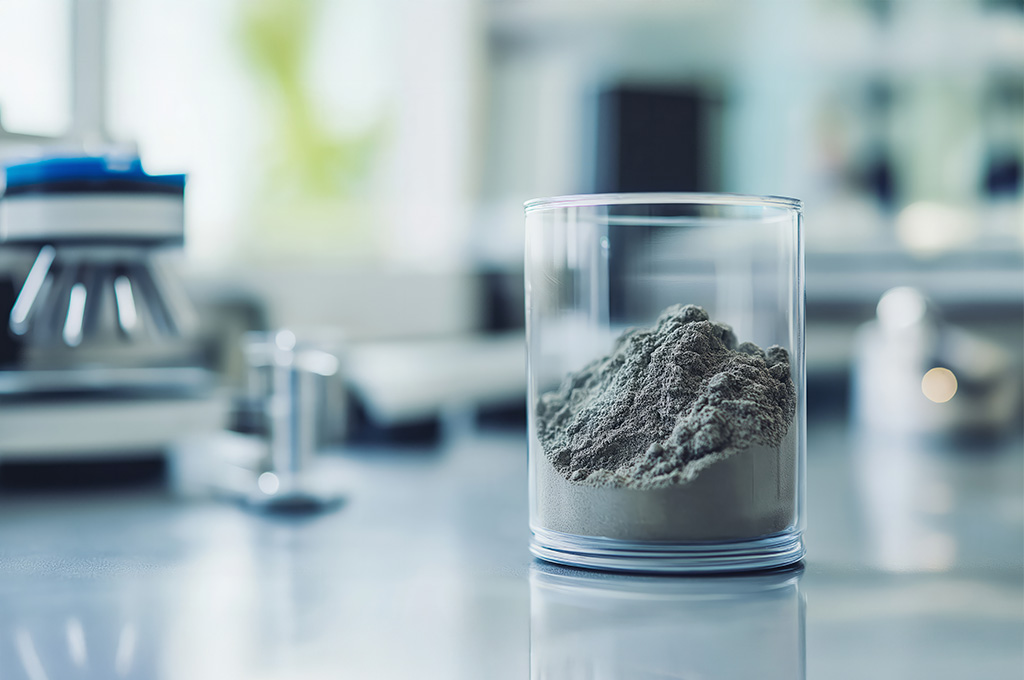Why the right grain size is crucial
Choosing the right grain size for metal powders is an often underestimated but decisive factor for the quality and efficiency of industrial production processes.
Among other things, the grain size influences the flow behaviour, sinterability, density and reactivity of the powder - and therefore also the properties of the end product. If you make the wrong choice here, you risk production errors, rejects and unnecessarily high costs.
What grain shapes are there?
Metal powders are available in different grain sizes and shapes, which vary depending on the manufacturing process and area of application. The most important are
- Spherical → Ideal for additive manufacturing (3D printing) due to excellent flow behaviour. These powders can be distributed very well and ensure a uniform powder bed density, which is essential for high-precision manufacturing methods such as selective laser melting (SLM).
- Irregular/spatulate → High compaction, well suited for sintering processes. The irregular shape allows the particles to interlock better, which improves the mechanical stability of the end product.
- Dendritic → High surface area, improves reactivity and sinterability. These powders have a tree-like structure and are particularly suitable for catalytic applications or sintering processes where high surface contacts are advantageous.
- Platelet-shaped (flake) → Perfect for surface coatings and conductive applications. The platelet-like structure enables high coverage when coating surfaces, which is particularly advantageous in the electronics industry.
- Granular/ground → Mechanically crushed, good for specific technical applications. These powders are produced by grinding processes and are particularly suitable for powder injection moulding.
- Other grain shapes → Customised special solutions for special areas of application. If standard moulds are not sufficient, we offer customised powder solutions.
How does the grain size influence the material properties?
The grain size has a significant influence on the properties of a metal powder. Smaller grain sizes offer a larger specific surface area, which favours chemical reactions or sintering. Larger grain sizes, on the other hand, improve the flow behaviour and handling during the production process.
Feature | Fine-grained powders (<20µm) | Coarse-grained powders (>100µm) |
|---|---|---|
Flowability | Low (tends to agglomerate) | High (easier to dose) |
Reactivity | Very high | Low |
Compaction | Very dense (good for additive manufacturing) | Less dense |
Processing | Heavier to process | Lighter to process |
SurfaceEnlargement | High (promotes chemical Reactions) | Low |
Small particle sizes are essential for applications where high reactivity or uniform distribution are required, such as in additive manufacturing or in the chemical industry. Coarser particles, on the other hand, offer advantages in conventional casting processes as they are easier to dose and handle.
Examples from our range:
- Ultrafine copper powder (1-2µm) → Perfect for 3D printing and high-precision applications as it offers excellent electrical conductivity and good processability.
- Zirconium powder CL3 (<88µm) → Ideal for pyrotechnics as it is reactive and enables targeted energy release.
- Magnesium alloy powder WE43 (15-53µm) → Controlled traces of smoke in the aviation industry thanks to high stability and low oxidation tendency.
Application areas depending on grain size and shape
The grain size and shape are crucial for choosing the right powder for a specific application. Here are some typical applications:
1. additive manufacturing (3D printing)
3D printing requires highly specific powders with a narrow particle size distribution and spherical shape to enable uniform layer formation. Metal powders for additive manufacturing must flow well and be able to be optimally compacted.
- Optimum grain shape: Spherical
- Example powder: Titanium powder grade 5 (Ti6Al4V), Aluminium silicon powder
2. sintering & powder injection moulding
During sintering, metal powders are solidified at high temperatures. Irregular or dendritic powder shapes are particularly advantageous here, as they enable good packing density and increase mechanical stability.
- Optimum grain shape: Irregular or dendritic
- Example powder: Nickel powder, Stainless steel 316L
3. Surface coatings & Electronics
Powders for surface coatings should be either ultra-fine or flake-shaped to ensure even and effective coverage.
- Optimum grain shape: Flake or ultra-fine
- Example powder: Ultrafine copper powder UF2, Tungsten disulphide powder (WS2)
4. highly reactive applications (pyrotechnics, aviation)
In pyrotechnics or for special applications in aviation, fine and highly reactive metal powders are required that enable fast and targeted realisation.
- Optimum grain shape: Fine-grained or spherical
- Example powder: Magnesium alloy powder WE43, Zirconium powder CL3
NMD Metal Powders - Your partner for optimised grain sizes
Why NMD?
- Wide range of products: From ultra-fine to coarse-grained metal powders for every application.
- Personalised advice: We help you to determine the optimum grain size for your production.
- Highest quality: Strict controls ensure consistent and reliable product quality.
